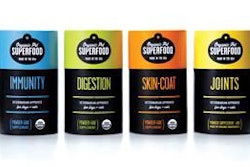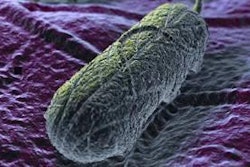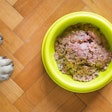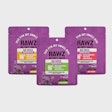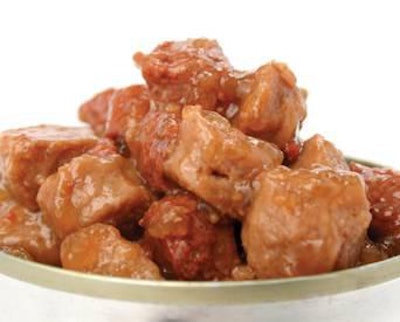
The use of spray-dried plasma (SDP) as a superior binder in wet petfood is well recognized and commonly used in the industry. SDP is characterized by its well balanced technological properties highly appreciated in canned petfood products. Manufacturers can rely on SDP for higher gelling, water retention and emulsion capacities compared to other binders.
Wet petfood manufacturers are now also recognizing that plasma improves the standardization of the quality of the final cooked product by efficiently absorbing quality differences between batches of the meat by-products raw material. To prove the capacity of plasma to homogenize differences in quality between the different raw meat ingredients, APC Inc. conducted a trial working with two different raw poultry carcass qualities testing the effect in the technological properties of cooked chunks in gravy.
To analyze differences in technological properties of cooked chunks, we used texture profile analysis (TPA), which has been shown to have a good correlation with the texture of food. Instrumental TPA was developed about 30 years ago, constituting an interesting way of analyzing several textural parameters in only one assay. Since then, much work has been done and new tools have been developed. TPA via interpretation of stress-strain curves is, and will continue to be, extremely useful for the evaluation of the textural quality of foods, particularly when parameters can be correlated with sensory assessments.
TPA measures parameters such as hardness, adhesiveness, chewiness, gumminess, cohesiveness, resilience and springiness. These tests not only quantify the texture of the food but also evaluate the consistency of the manufacturing processes.
In this study, two different poultry carcass qualities were received from a Spanish supplier of raw material to different European wet petfood producers. The carcass called CH is considered high-medium quality carcass and the carcass called CL is considered medium-low quality carcass. As observed, the carcass CH had a better texture and lower water losses compared with the carcass CL, indicating that effectively the carcass CH had higher quality (Figure 1).
Both carcasses were used in the recipe indicated in Figure 2. Two binders, SDP (AP820 from APC EUROPE SA) or WG (Viten, Roquette Laisa España SA, Valencia, Spain) included at 2% in the recipe were compared to a control diet without binder.
We prepared cans with chunks of similar size and shape, produced with a special device and included in gravy containing 0.8% chicken broth, 0.733% guar gum, 0.38% dextrose, 0.05% STPP and 98.037% water in a ratio 1:1 between chunks and gravy to measure the TPA parameters. The cans were sterilized in a laboratory autoclave at 121ºC for one hour and left to cool to room temperature for two days before performing the analyses.
With respect to TPA parameters, we found that in general, from the carcass point of view, the carcass CH shows better TPA results compared with the carcass CL, indicating that effectively, the carcass CH has a higher quality than the CL as the producer already suggested (see data in Figure 3 comparing the chunks without binder). Independently of the poultry carcass tested, the use of SDP improves all the textural parameters analyzed compared with the other two conditions (control and WG).
Regarding the ability of the binders to reduce the quality differences of the two poultry carcasses used, we found significant differences in almost all the TPA parameters from the control and WG recipes according to the quality of the carcass, but not for the recipe containing SDP (Figure 3). Results may be interpreted that SDP is better able to homogenize differences in quality between carcasses.
The animal by-products suppliers should consider the recommendation of using SDP in wet petfood recipes to avoid daily natural variations in their ingredient raw materials and also to avoid differences in product performance between fresh and frozen meat ingredients for wet petfood. Petfood producers should also consider the addition of a binder like SDP that could be regarded as a “safety belt” to warranty similar quality of their canned petfood on a regular basis.

